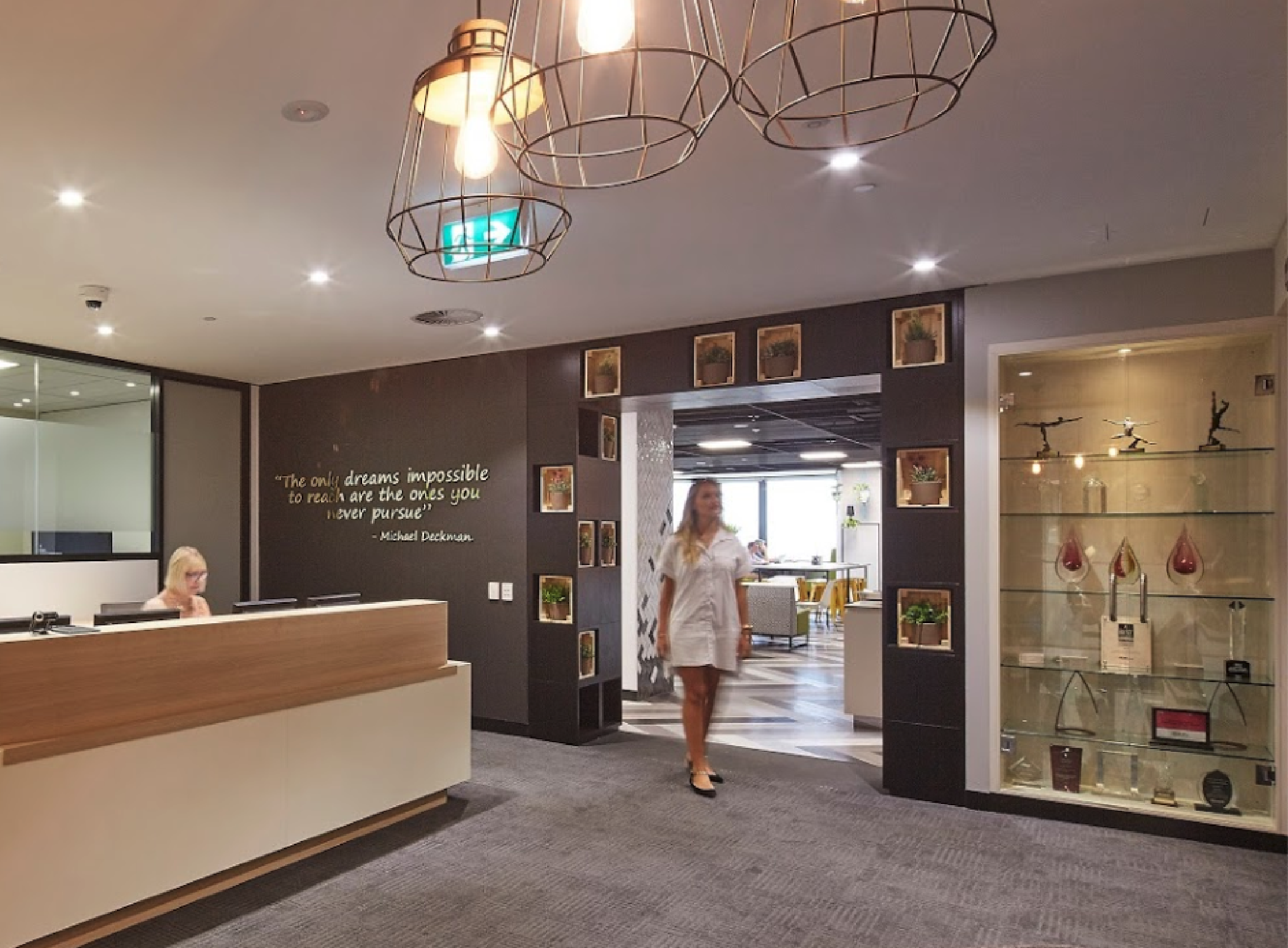Generative AI in Australian Schools: Professional Learning, Impact, and Future Skills
A practical guide for Australian educators and school leaders - trends, case studies, and step-by-step implementation aligned to national frameworks.
Generative AI is reshaping professional learning for teachers in Australia. This guide compiles current sector trends, key statistics, case studies, and practical steps for responsible implementation with insights from ABS, SEEK, LinkedIn, Microsoft and others. Throughout, we reference Nexacu courses tailored for schools.
Jump to: Introduction • Key Statistics • Frameworks • Case Study: SA EdChat • Case Study: UNSW QBot • Case Study: Sydney Cognitive Agents • Teaching Practice • Jobs & Skills • Nexacu Courses • Implementation Guide • Suggested Visuals • Conclusion
Introduction: Why Generative AI Matters Now
Generative AI is transforming how Australian teachers upskill, plan lessons, and support students. According to the Australian Bureau of Statistics, over 4 million students were enrolled in nearly 10,000 schools across Australia in 2024, creating opportunities and challenges for staff development at scale. One sector pulse-check notes that many schools already use AI-enabled tools in teaching and administration (Campion Education Report). Against a backdrop of high enrolments and shifting workforce needs, teachers are seeking advanced professional learning in AI, delivered through accessible, relevant channels.
Key Statistics: AI Adoption and Workforce Trends
- ABS data highlights ongoing digital-skills demand in education; AI-related roles are expanding, including in regional areas (ABS).
- Roles requiring AI capability can attract significant wage premiums, with analyses pointing to material uplifts for AI-skilled professionals (PwC’s AI Jobs Barometer).
- LinkedIn research shows multi-year growth in AI skills listed on educator profiles and increased demand across the sector (LinkedIn).
National and State Frameworks for GenAI in Schools
Australian schools align to the Australian Framework for Generative AI in Schools, which outlines principles for equity, transparency, privacy, student agency, future-readiness and ongoing staff training. States tailor guidance to local needs, for example the Victorian GenAI Policy. Review updates have reinforced the need for governance and regular PD (Framework Review Announcement).
Case Study 1: AI Training and EdChat in South Australia
South Australia’s Department for Education piloted Microsoft AI at scale, including “EdChat” for lesson brainstorming, teacher support, and admin efficiency (Microsoft). Participating teachers reported substantial time savings per week, improved feedback quality, and enhanced engagement, including for EAL/D students. Enrolment data from the ABS illustrates the program’s scale.

Case Study 2: UNSW QBot and Scalable AI Support
UNSW’s QBot, built on Microsoft Azure AI, supports real-time Q&A for students, reducing repetitive queries and freeing tutors for deeper mentoring. The knowledge base improves over time (Nexacu: Integrating AI in Education). To help staff get started, Nexacu offers PD in ChatGPT Beginner and related AI skills.

Case Study 3: Sydney University Cognitive Agents
The University of Sydney piloted “Cogniti,” a GPT-4 powered assistant embedded in Canvas, allowing educators to personalise an “AI double” for subject-specific feedback and coaching (Educational Innovation at Sydney). Guardrails include staff visibility, feedback flags, and academic integrity boundaries.

How Generative AI Shapes Teaching Practice
Schools apply GenAI across lesson curation, formative feedback, and analytics. Education Services Australia notes that AI enhances - not replaces - educators. Sector leaders emphasise responsible use, transparency, and skill-building for staff and students alike.
- Lesson curation and personalised resources.
- Efficient marking support and learning analytics.
- Foundational AI literacy for students and staff.
LinkedIn’s 2025 insights show strong support for AI upskilling among education leaders (LinkedIn). PD providers like Nexacu offer structured, scenario-based pathways for schools (Nexacu Microsoft Courses).
Jobs & Skills: Implications for Australian Educators
As AI adoption grows, teaching and ed-tech roles evolve. Job boards increasingly advertise AI-literate roles - from curriculum specialists to education technologists. Analyses indicate wage premiums for AI-skilled professionals (PwC AI Jobs Barometer). Upskilling offers opportunities across both metro and regional schools.

Nexacu Courses: Practical Upskilling for Real-World AI in Education
Nexacu delivers professional learning aligned to government frameworks and practical classroom scenarios. Explore:
- AI Prompting Fundamentals - prompt design, classroom workflows, assessments.
- ChatGPT Beginner - practical lesson planning, communication, research support.
- Microsoft 365 for Education - Teams, Word, Copilot in everyday teaching.
- AI for Business (Schools & Leadership) - strategy, governance, change management.
See also: Nexacu Insights: Integrating AI in Education.
Implementation Guide for Australian Schools
- Align policy with the Australian Framework for GenAI in Schools and state-based guidance.
- Choose scenario-based PD grounded in classroom realities (Microsoft, Nexacu, LinkedIn resources).
- Evaluate progress with data (e.g., ABS) and staff/student feedback.
- Map skills gaps to job trends and course options (SEEK categories, LinkedIn skills insights).
- Use interactive resources (checklists, quizzes, polls) to support self-paced PD.
Conclusion and Next Steps
Generative AI is unlocking new value in Australian schools. With support from government frameworks and trusted PD providers such as Nexacu, educators can move from compliance to creativity. AI upskilling is now essential for career growth, workload management, and student support.
Schools ready to scale GenAI should start with scenario-based PD mapped to national standards, plus practical classroom workflows. The next five years will shape the future of teaching and learning for millions of Australians.
























